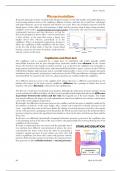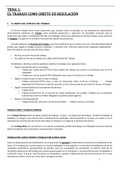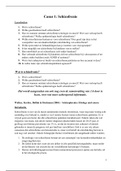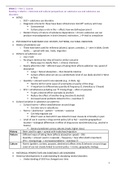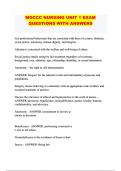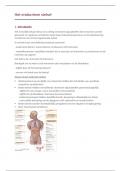Summary
Summary Microcirculation
- Course
- Institution
Discover the intricate world of microcirculation with these comprehensive study notes! From the journey of blood through the smallest vessels to the crucial exchange processes happening at the capillary bed, these notes cover all the essential details you need to understand. Learn about Starling's ...
[Show more]
